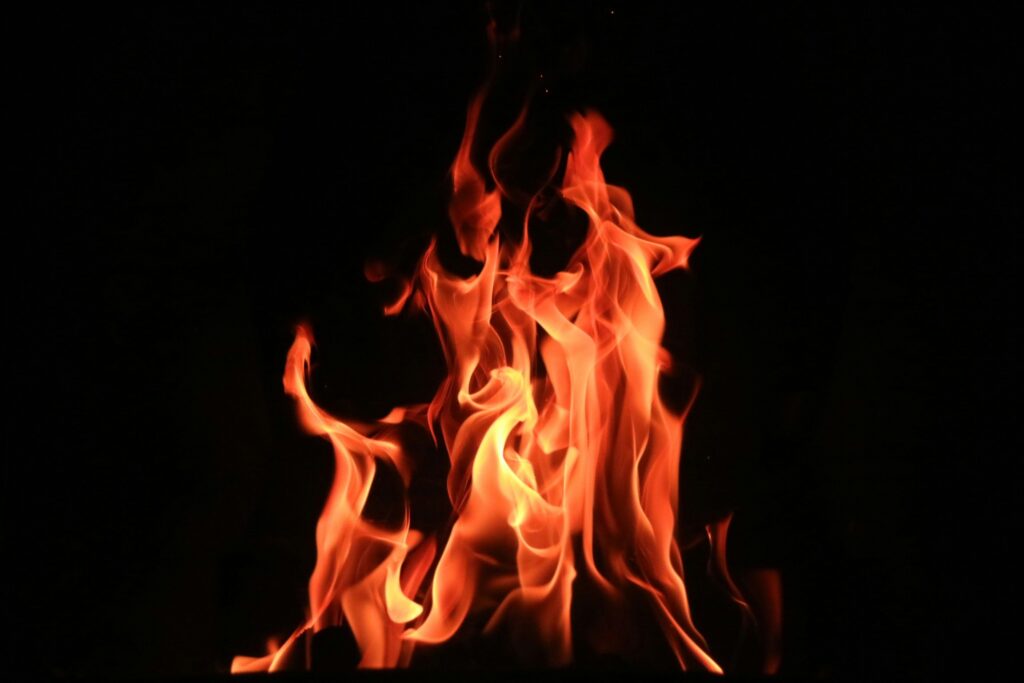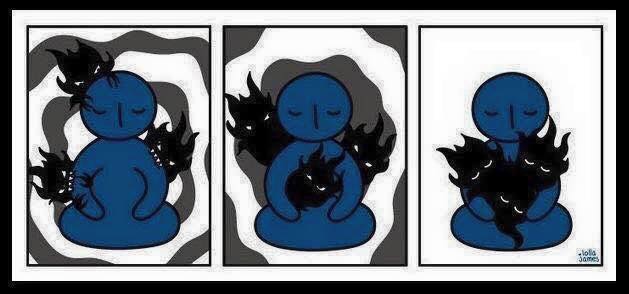After my last post, a question arose: if we’re not chasing release, then what?
Does this mean we should always be still, simply noticing our experience kinda quietly?
Does it mean we shouldn’t allow big feelings?
Or is there a space—even a need—for bigger expression at times?
.
Personally I do not agree with the idea that all of this work *needs to be subtle* necessarily.
What I am questioning is the approach of making release the goal and big emotional expression a sign of ‘doing it right’.
And through that missing subtle moments, changes and unfoldings in our systems that can be very potent.
But before I go on, it’s important to clarify something: catharsis, release, and expression are not the same.
While they overlap, they serve different purposes, and understanding these differences can change the way we approach these questions.
.
Catharsis is the purging of emotion—an intense discharge that often brings a feeling of relief and even ecstasy.
Release, in this context, is in theory the letting go of stored emotional or physiological charge. (Whether or not emotions or trauma are actually ‘released’ by doing this is a bigger question and a subject for another post).
Expression, however, is broader.
It isn’t necessarily about unloading.
Rather, it’s about allowing emotion, sensation, and energy to move in a way that serves our nervous system’s capacity to hold life.
.
This brings me to another concept:
Containment— this is often misunderstood.
Containment is not suppression. It’s not about forcing emotions down or resisting expression.
Instead, it’s about cultivating the ability to hold energy, sensation, and charge without needing to discharge it immediately.
Why does this matter?
Because real transformation isn’t just about releasing things —it’s about Integration.
By Integration, I mean the process of metabolising an experience so that it becomes part of our embodied awareness.
This is different to the idea that it is something that overwhelms us or needs to be *expelled*.
(And this is absolutely KEY in the discussion and assumptions about ‘release’! The idea that we need to purge ourselves of difficult feelings and experiences is very understandable, and in my experience, not very useful).

Integration allows us to build resilience and increase our capacity to stay with sensation and emotion without being thrown off course.
It means that instead of merely dumping or venting charge, we develop the ability to contain, process, and utilise it in a way that supports our nervous system’s long-term health and adaptability (a key sign of an organism’s health).
I personally feel that there are moments when expression IS needed.
There are times when the body needs to *do* something to restore balance.
And sometimes that something IS big and loud.
.
I’ll give an example here.
I specialise in pelvic and womb work.
In my practice work a lot with the fight response…. Because many women have a suppressed fight response. (Many ppl in general actually, but frankly, more women).
For many women, the ability to access their full range of expression—including anger, power, and boundary-setting—is deeply impaired, often due to societal conditioning, trauma, or chronic nervous system patterns.
This suppression doesn’t just affect emotions; it can manifest in the body in many ways.
As chronic tension, pelvic pain, digestive issues, autoimmune diseases or a sense of powerlessness.
This is where physical engagement—especially working with the flexor system—comes in.
Movement, resistance, vocalisation, and intentional activation of the flexors can help unfreeze the places where fight was never allowed to complete.
Saying the words that were so important but never spoken. Pushing away what we didn’t want or pulling in what we need so deeply.
Learning to channel bigger energies into a focused expression. Learning to bring these into connection while standing our ground.
And when done in a *resourced*, contained way, this kind of work can have profound effects.
Not just on emotional health but on physical well-being, boundaries, and even deep-seated feelings of toxic shame.
.
So, do we need expression?
I believe we do.
But in service of capacity, not just for the sake of feeling something big.
And this is a REALLY important difference.

The question is not ‘Should I release or not?’ but rather ‘What serves my system in this moment?’
Sometimes, that means a quiet presence and allowing. Other times, it means giving the body a way to access *and MOVE* its suppressed fight, its deep no, or its full yes.
My perspective is not about rejecting expression!—it’s about expanding our options beyond it and most fundamentally:
Being curious about and responsive to what our systems are communicating;
And *Not* shoehorning ourselves into a ‘release’ that, crucially — might not actually be releasing much other than a potent cocktail of biochemicals.
Because real healing is about learning to hold more of ourselves, not just attempting to empty out what feels uncomfortable..

